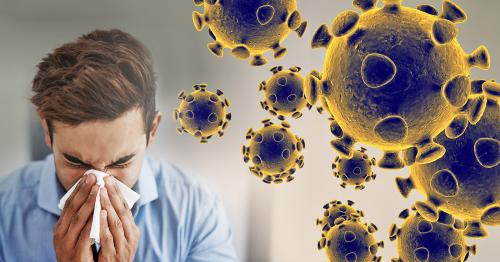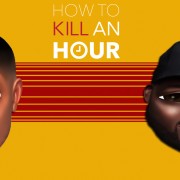Coronavirus: Are you helping to flatten the curve?
Drastic measures have been put into place to stop the spread of Coronavirus. Every country affected by the Coronavirus have put in varying levels of lockdown to help dampen and flatten the curve until many of us can go back outside again. But what would happen if we do go out?
Coronavirus Explainer: What if you go out?
- You go out and visit friends and family
- However, you don’t display any symptoms of COVID-19 and think that you are safe.
- Turns out you have COVID 19 but don’t show any symptoms whatsoever
- When visiting friends and family you pass it on to 2 of your friends and a grandparent
- Each of those go on to visit their own friends and members of their family
- According to scientific modelling, those affected, on average, without social distancing in place, will pass on the virus to 3 other people.
Spreading Coronavirus
- As a result out of one infection, cases will soon start to spread quickly and far outside your own network
- Most of those infected, however, would experience either mild symptoms or have a nasty flu like experience, making a full recovery. Some would require hospital treatment.
- According to scientific modelling by Imperial College London, about 4.5% of those infected would need to be admitted to hospital
- The same model predicts that out of 100 people, 30 would need a critical care bed.
- However the NHS face problems as out of those 30 people only 1 person can receive a bed once the pandemic hits peak
- Therefore NHS doctors face dilemma’s as to who does and who doesn’t receive the bed
- Should Patient A, a 78 year old retired teacher and grandmother of 7 get the bed. Or Patient B, a 68 year old retired fire fighter who is the sole carer of his wife who has Alzeihmers disease?
Overcoming the disease
- The Imperial team have assessed various different ways of reducing the number of people needing the NHS’s critical-care beds.
- The team discovered that if people experienced symptoms and those who lived with them. Stayed home for 2 weeks. Whilst those over 70 reduced social contact and kept it to a minimum. The impact on the NHS would be reduced.
- However, even with this measure it still leaves 8 patients needing 1 bed.
- Therefore the team discovered that if social distancing measures applied to everyone. Schools and Universities closed. The two week quarantine period applied to households who had people living in them that showed symptoms. Then the NHS can cope.
- This would then lead to the NHS being able to cope with the number of patients in their wards at the peak of the pandemic
- However, despite all these measures. Those in places where demand happened to be above average, NHS services would still be be strained.
- The research undertaken by Imperial College has been very influencial. The approach explained here is similar to what UK government ministers have implemented. The NHS, so far, has not been overwhelmed largely because of social distancing and lockdown measures.
2nd Wave
- Though, we have to be careful.
- As, as soon as the measures are lifted, the research predicts that another outbreak could occur. Which would be just as bad if we had done nothing this time round.
- There are only 2 ways out of lockdown. A development of a vaccine. Or a more effective way of testing people, tracing all those who had come into contact with those who were tested positive.
- Since the research was released, so far there has been a huge effort to increase the number of critical care beds available, up from 5,000 that the NHS had at the time
- To keep the curve flat, we must stay at home and work from home where possible. It is vitaly important.
(BBC)
Keep up to date with everything How To Kill An Hour by signing up to our newsletter by clicking here!
Let us know what you think of the show by clicking here!
Click here to subscribe to our YouTube Channel to see more amazing ways to kill time!
Follow us on Twitch by clicking here!









